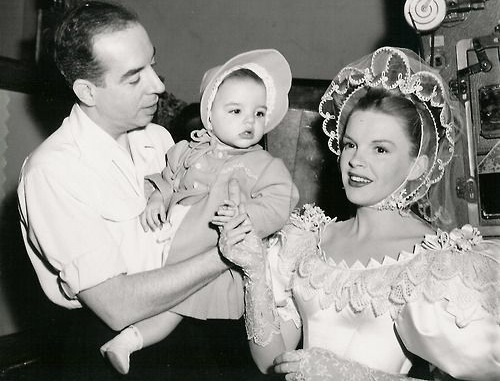
Premiering on October 15, 1951, I Love Lucy quickly became a television phenomenon, drawing millions of viewers each week. The show followed the hilarious misadventures of Lucy Ricardo (played by Lucille Ball) and her husband Ricky Ricardo (Desi Arnaz), a Cuban bandleader. With its brilliant comedic timing and sharp writing, I Love Lucy became the most-watched show in the U.S. for four out of its six seasons — and redefined the possibilities of television entertainment.
Seventy years later, the show continues to delight audiences across generations. Whether aired on classic TV networks or streamed online, I Love Lucy still resonates with viewers thanks to its universal humor, iconic characters, and unforgettable moments. Episodes like “Lucy Does a TV Commercial” (the famous Vitameatavegamin scene) and “Job Switching” (the chocolate conveyor belt gag) have become cultural landmarks, referenced in countless tributes and parodies.
But I Love Lucy’s legacy extends far beyond the laughs. The show revolutionized television production by pioneering the use of the multi-camera format filmed before a live audience — a method that became the standard for sitcoms for decades. It also insisted on filming with high-quality 35mm film, ensuring that its episodes could be preserved and rewatched in pristine condition long after their original air date.
To celebrate the 70th anniversary, the National Comedy Center hosted special screenings and exhibitions dedicated to I Love Lucy, highlighting the show’s cultural impact and honoring its place in entertainment history. These events attracted fans from around the world, showing just how deeply this classic sitcom remains embedded in popular culture.
The enduring popularity of I Love Lucy is a testament not only to the genius of Lucille Ball and Desi Arnaz but also to the show’s heart — its celebration of love, friendship, and laughter. Seven decades later, I Love Lucy continues to bring joy, reminding us that great comedy truly stands the test of time.
